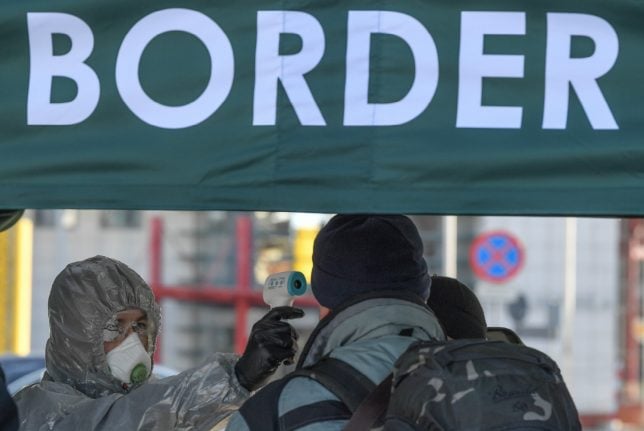Member states “agreed to impose an entry ban” into the bloc, with only nationals of EFTA countries and Britain exempt from the restriction, said Merkel.
“That should apply for 30 days. Germany will implement it immediately,” added the leader of Europe's biggest economy.
Special exceptions will be made for European citizens and residents coming home, although it's expected that some countries will ask them to self-isolate for two weeks.
With countries severely curtailing travel to prevent COVID-19 contagion, Germany had earlier issued a warning against travel worldwide.
The bloc is taking “coordinated action to bring back stranded travellers,” said Merkel.
“The union and its member states will do whatever it takes,” said European Council President Charles Michel.
Earlier, German Foreign Minister Heiko Maas said that thousands of Germans were stranded abroad as airlines slashed flights and borders closed.
Several controls on internal borders within the EU have already been introduced in a bid to stall the virus spread.
On Monday Germany introduced tighter border controls with five countries, including France and Denmark.
READ ALSO: Drivers turned back as Germany partially closes borders to fight coronavirus



 Please whitelist us to continue reading.
Please whitelist us to continue reading.
The UK should be included because they are virtually operating as normal.
Whats the use of this when the virus is spread almost every country in the Europe. This has to be taken care even before its entry. Now there is no point of closing the borders. Dumb EU